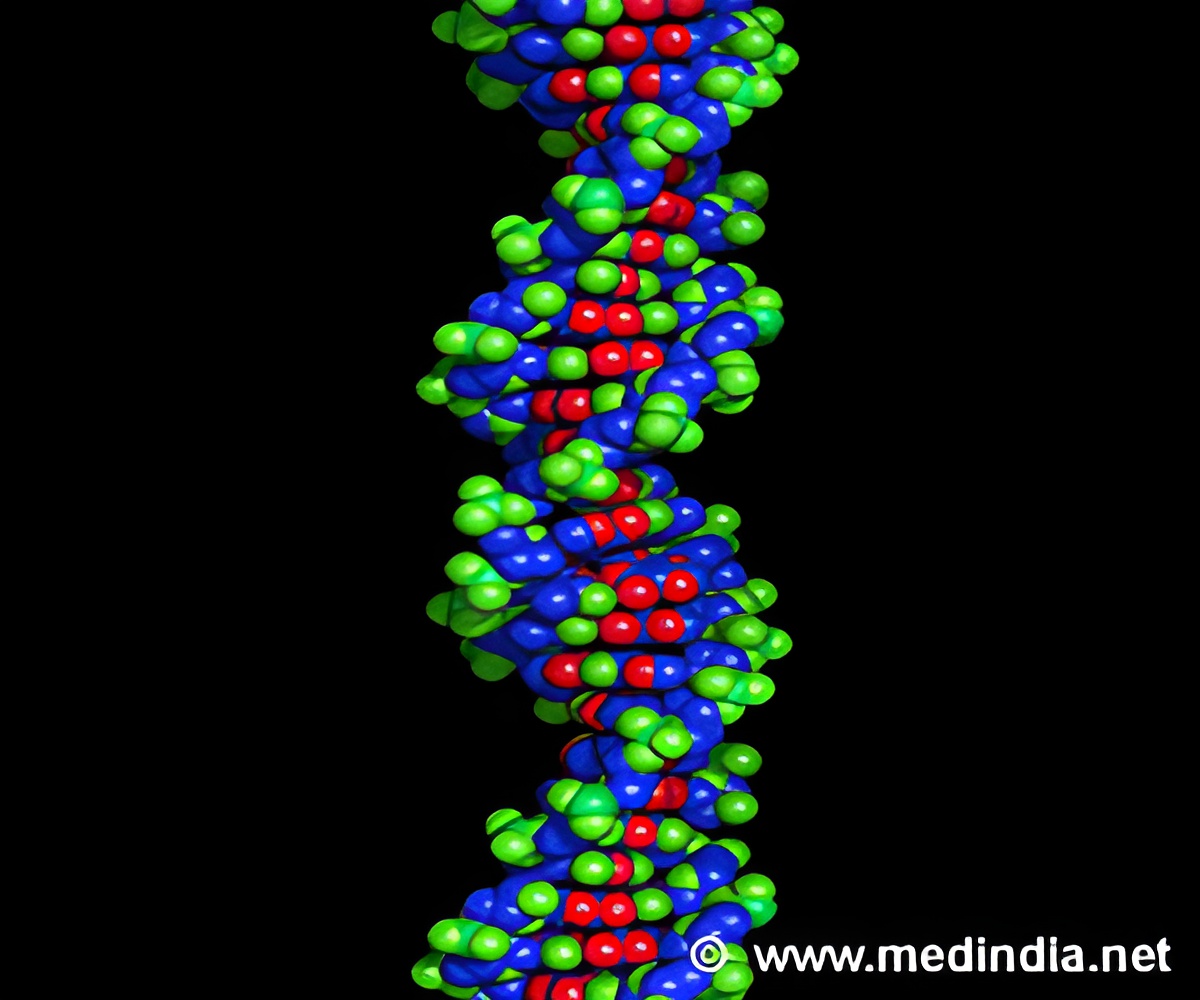An Australian researcher has claimed that genome mapping could prove key in preventing superbugs in hospitals.

Tracing the source of an infection would then become simpler and health workers could concentrate their resources on controlling its spread.
"What we've done is demonstrated that the technology is able to answer questions that could not previously be asked," Walker told AFP after his research was published in the US journal Science.
"That has potential to answer specific questions in the hospital setting that will help in controlling... hospital acquired infections."
Until now, he said, it had been impossible to know whether closely-related bacteria causing infections were transferred from patient to patient, or were being passed on by poor clinical practice, a carrier, a contaminated instrument or something else.
By taking a bacteria sample from an infected patient and sequencing the genome, a researcher ends up with some two or three million base pieces of paired genetic information.
Advertisement
"If you know that the bacteria is absolutely identical, then that really confirms that what you're seeing in a hospital where people are getting sick is that the bug is transferred," he said.
Advertisement
One was revealed to be the carrier of a reservoir of a bug which ended up causing infections in babies from time to time. The worker, who was not sick, was treated and the outbreak cleared up.
"This is where this type of technology is really powerful," said Walker.
He said genomics had been around for some time but it was only recently that the technology had become available to allow genome sequencing rapidly and in an almost cost-effective manner.
"This is a new way of doing it that needs to be taken up," he said.
"It's another way and improved way to help prevent infections."
Source-AFP











